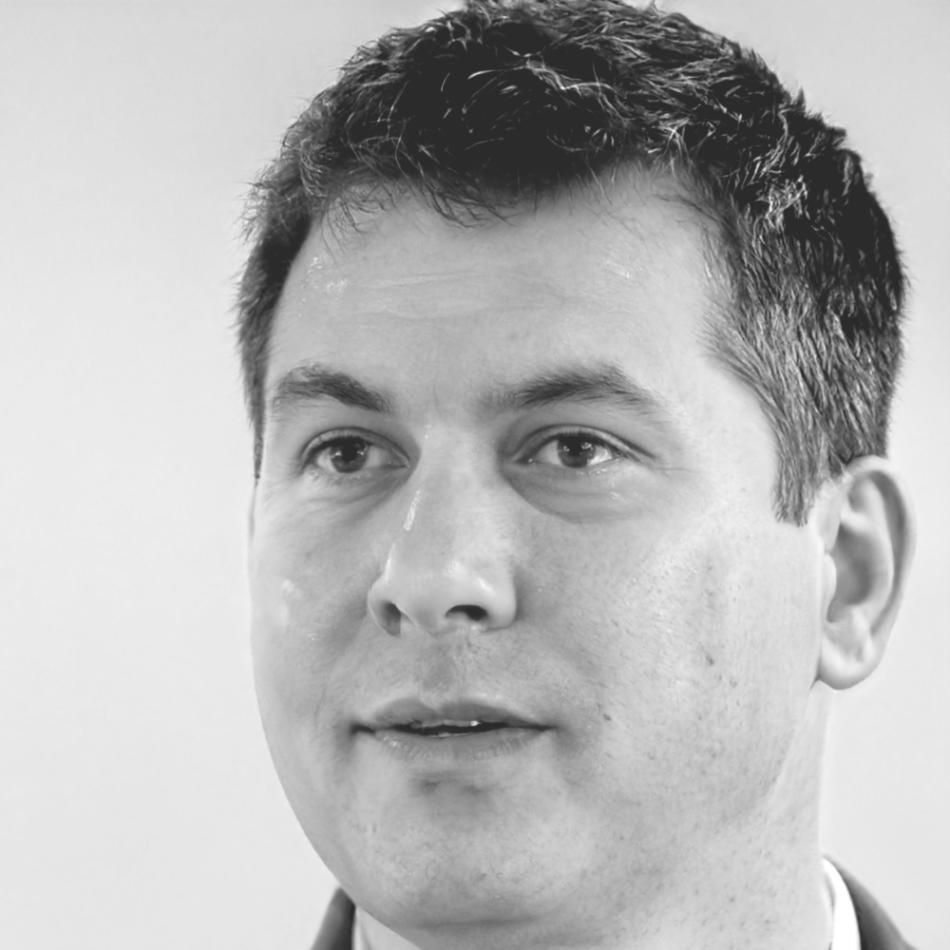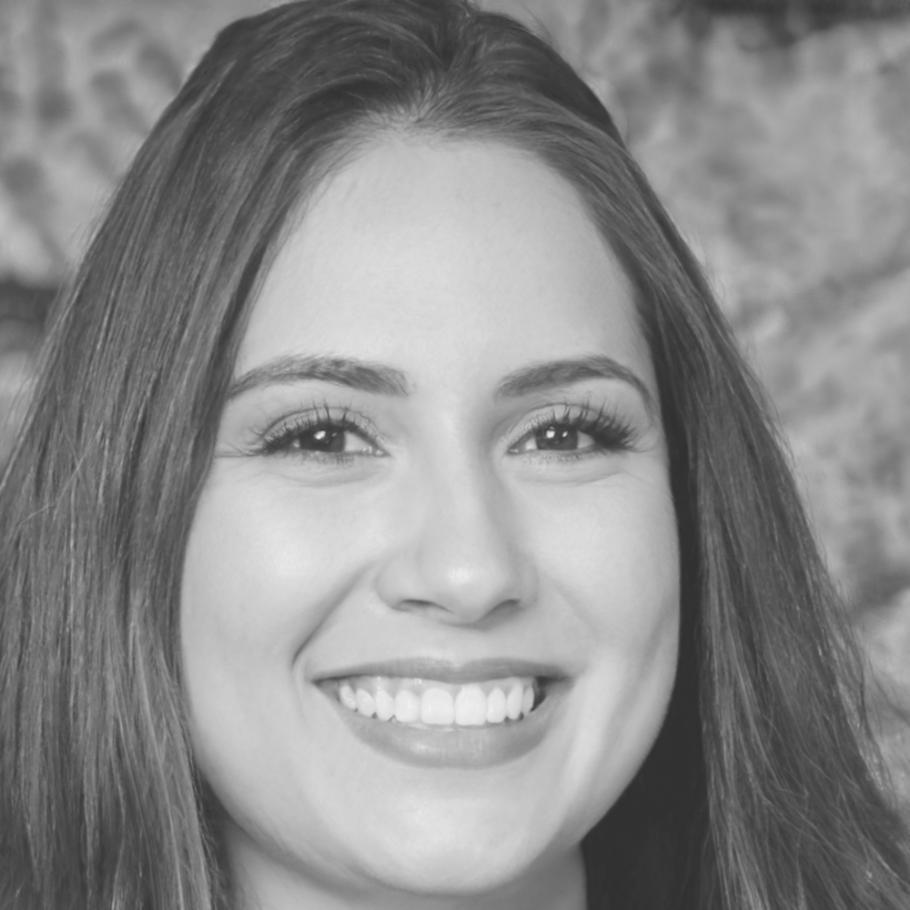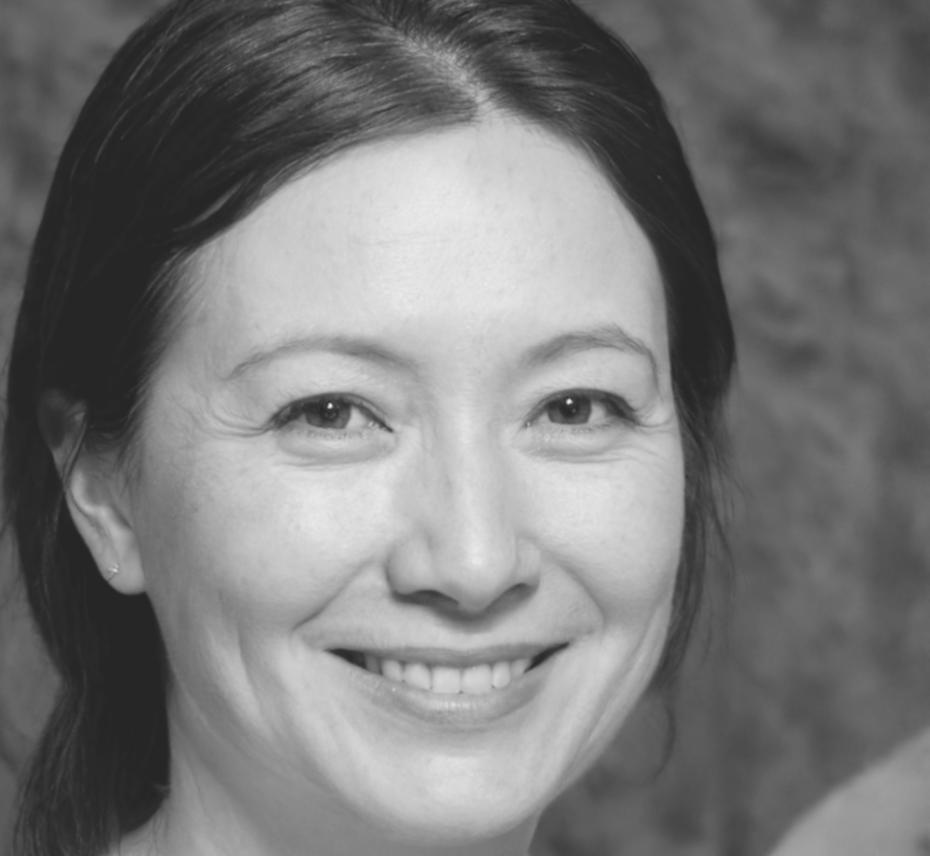Financial Statement Analysis
Read balance sheets and P&L statements to understand what's actually happening in a business, not just what the numbers say.
This isn't about memorising formulas or sitting through generic theory. Our program walks you through real financial planning scenarios using actual case studies from Australian businesses. You'll develop the skills to create budgets, forecast cash flow, and make informed decisions with real money at stake.
Request Information Pack
Starting September 2025, you'll move through a carefully structured curriculum designed around how people actually learn financial planning. Each phase builds on what came before, and nothing gets skipped.
Start with the fundamentals that matter. You'll learn how to read financial statements without getting lost in jargon, understand where profit actually comes from, and recognise the warning signs before they become problems.
12 WeeksWork with real business scenarios drawn from Australian SMEs. You'll create forecasts, model different growth scenarios, and learn what happens when your assumptions meet reality. This phase includes weekly case reviews and peer feedback sessions.
16 WeeksConnect financial planning to broader business strategy. You'll see how financial decisions ripple through operations, how to present numbers to stakeholders who don't live in spreadsheets, and when the textbook answer isn't the right answer.
14 Weeks
Cash Flow & Forecasting
Spent fifteen years sorting out financial messes at manufacturing businesses across NSW before deciding to teach people how to avoid them in the first place.

Strategic Planning
Former CFO who realised she learned more from business failures than successes. Now teaches the lessons that don't make it into standard curriculum.

Risk Assessment
Built her career helping small businesses understand their numbers without drowning in complexity. Strong believer that finance should be accessible, not intimidating.
We're not interested in certificates that look good on a wall but don't translate to capability. By the time you finish in early 2026, you should be able to sit down with a business owner and work through their financial situation without second-guessing yourself.
That means building budgets that account for seasonal variation, spotting cash flow problems three months before they hit, and explaining financial concepts to people who zone out at the word "amortisation".
Every module includes a practical assessment based on real business situations. If you can't apply what you've learned to an actual problem, you haven't finished that section yet.
Read balance sheets and P&L statements to understand what's actually happening in a business, not just what the numbers say.
Build three-way forecasts that account for timing, seasonality, and the inevitable surprises that come with running a business.
Model different business decisions to understand potential outcomes before committing resources you can't get back.
Identify financial risks before they become problems and develop mitigation strategies that work in the real world.
Present financial information to non-financial stakeholders in ways that support better decision-making.
We're limiting the September intake to twenty-four participants because quality feedback matters more than filling seats. If you're considering this, get in touch sooner rather than later.
Applications reviewed on rolling basis. Final decisions by July 15, 2025